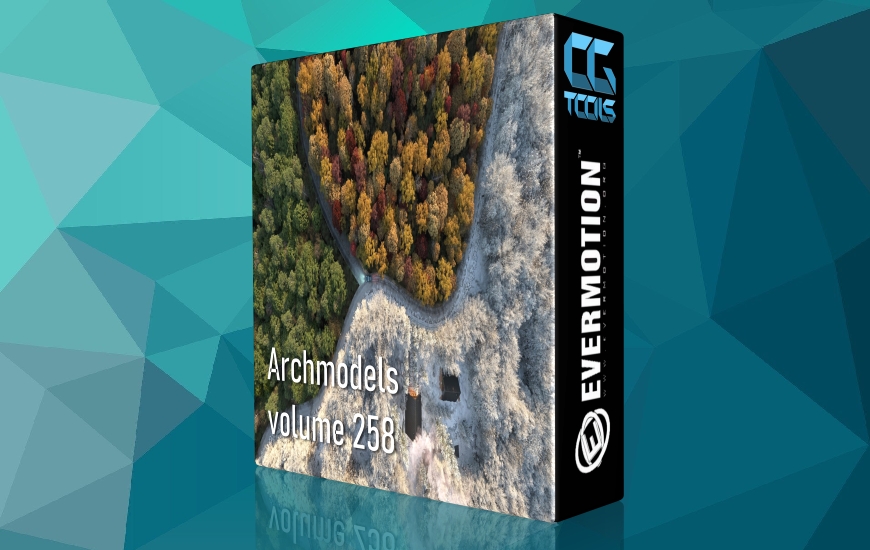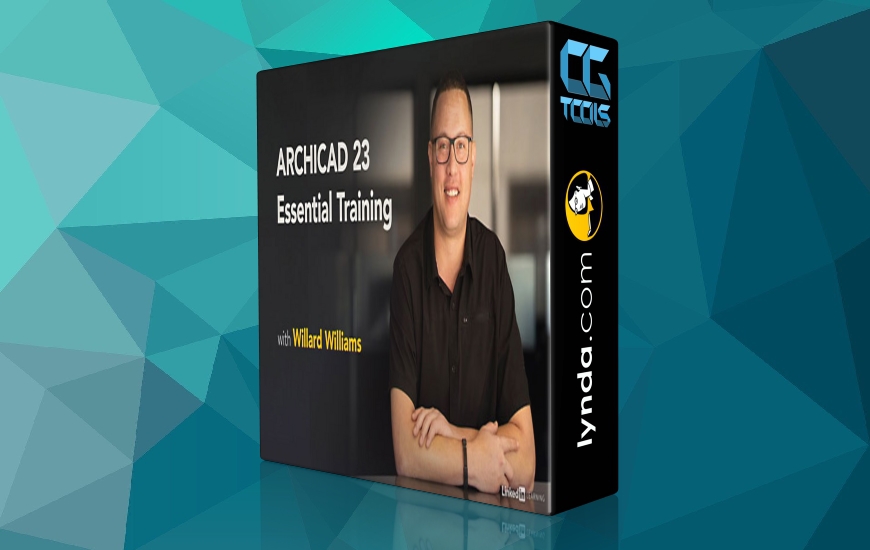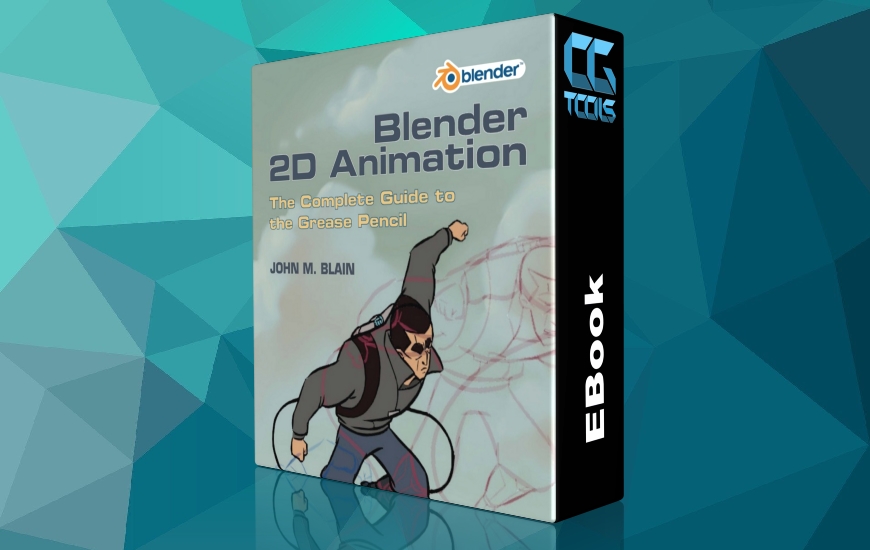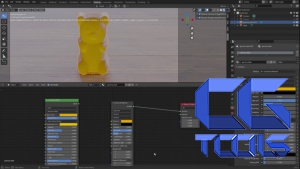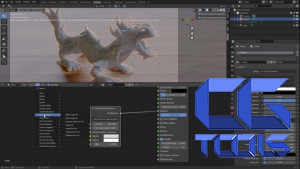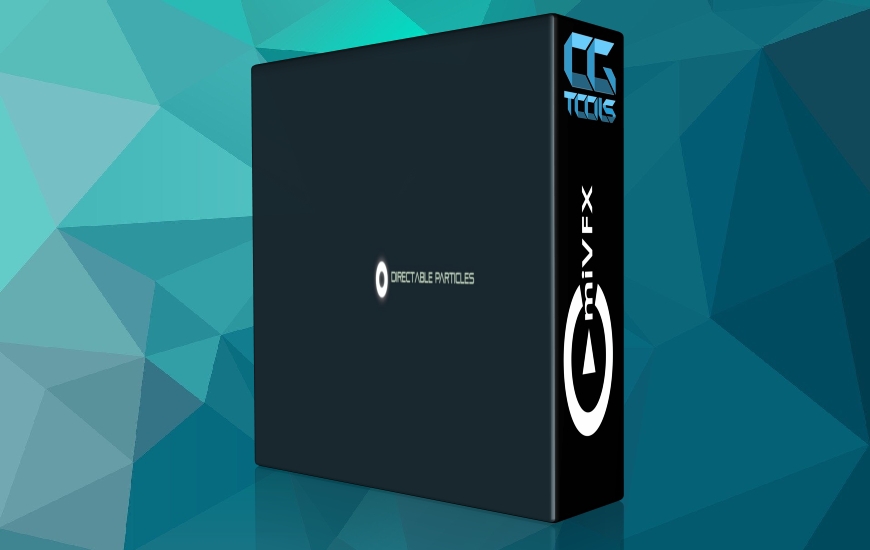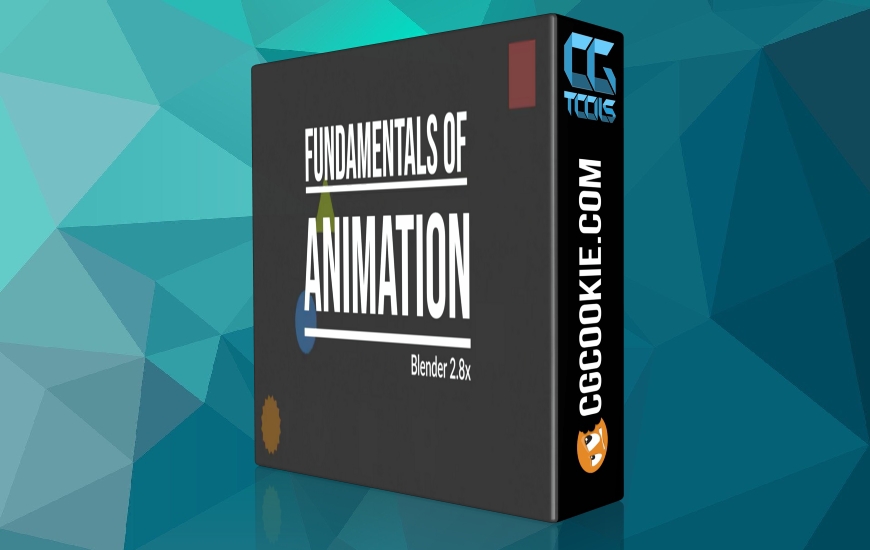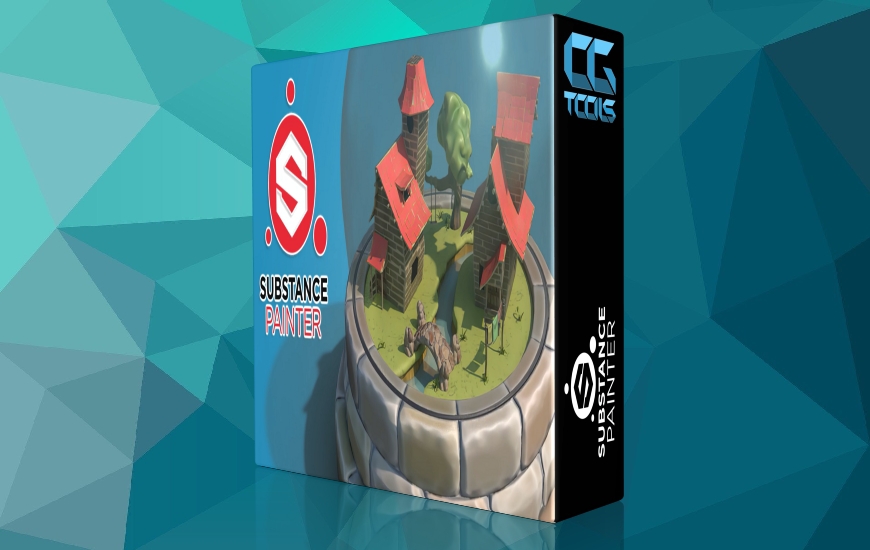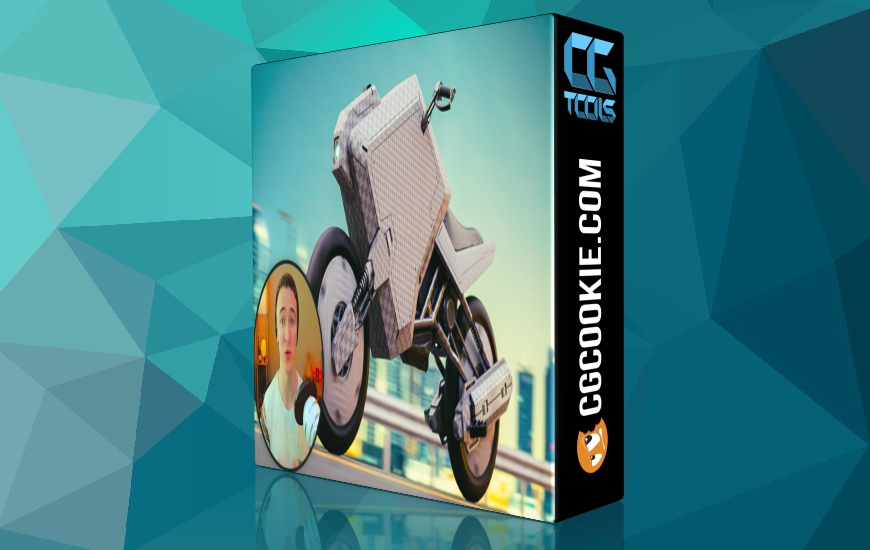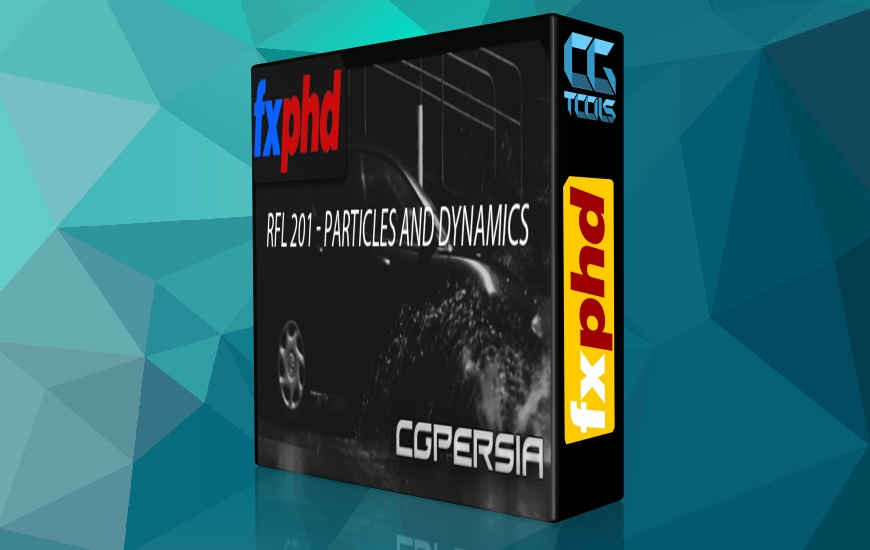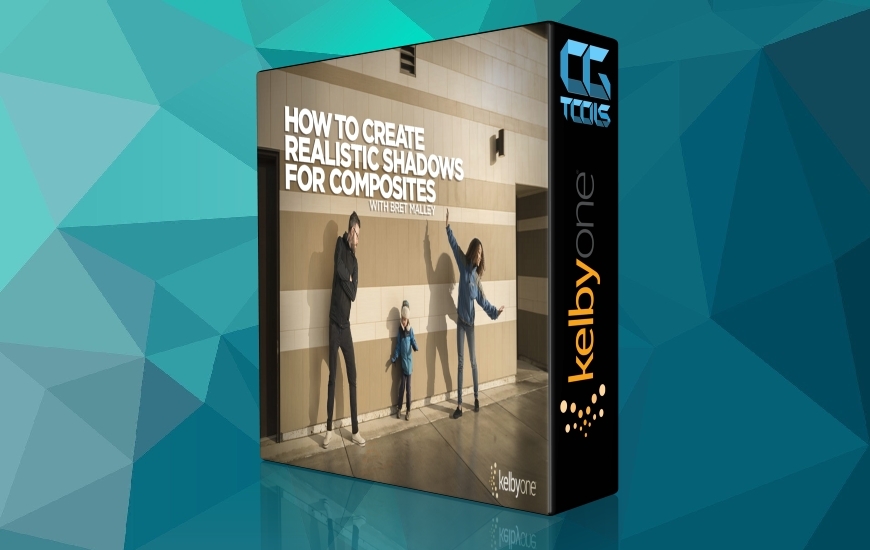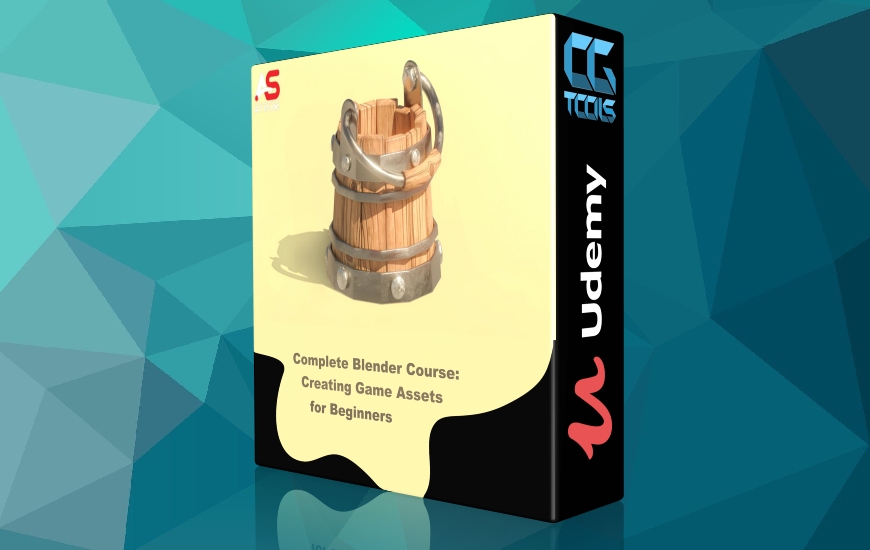![آموزش سایه زنی در نرم افزار آگنوستیک]()
پراکندگی سطح زیرین یکی از کمتر درکترین جنبههای سایهزنی در سهبعدی است، با کنترلهای غیرشهودی که کاربرانی را که پس از آن مجبورند برای ایجاد افکتهایی که به دنبال آن هستند، به حدس و گمان متوسل شوند، مواجه میشوند. در این آموزش نرم افزاری-آگنوستیک، فرآیند به طور کامل ابهام زدایی می شود و با توضیح کامل فرآیندهای فیزیکی درگیر شروع می شود. بر اساس این پایه، کاربران می توانند به طور مناسب از تنظیمات مناسب در هر برنامه ای استفاده کنند. هدف از آموزش این است که شما را به عنوان یک هنرمند سه بعدی توانمند کنیم تا با اطمینان کامل به مواد شفاف سایه زنی نزدیک شوید. با یک مدل ذهنی واضح از نحوه رفتار مواد و نحوه واکنش آنها به نور در هر موقعیت نوری، میتوانید پارامترهای مناسب را هر بار بدون نیاز به حدس زدن تنظیم کنید. در بیشتر موارد فقط تعداد کمی از کنترلهای کلیدی وجود دارد که باید روی آنها تمرکز کنید، و پس از تماشای این آموزش به وضوح متوجه خواهید شد که آنها چیستند. این امر پیمایش سیستم های سایه بان پیچیده و گیج کننده را بسیار ساده تر می کند و به شما امکان می دهد بر روی کنترل های مهم تمرکز کنید و بقیه را نادیده بگیرید. این دانش مقدار قابل توجهی در وقت شما صرفه جویی می کند و شما را از آزمایش مداوم تنظیمات غیرمعمول جلوگیری می کند. علاوه بر آموزش پایه، این دوره همچنین شما را از طریق مثال های عملی در طیف وسیعی از موتورهای رندر مختلف، از جمله Blender's Cycles، Octane، Vray و Modo راهنمایی می کند. اما مهم نیست که از چه برنامه ای استفاده می کنید، حتی اگر یکی از چهار مورد ذکر شده در بالا نباشد، از این آموزش بهره مند خواهید شد زیرا مخاطبان عمومی را هدف قرار می دهد و مختص نرم افزار نیست. ممکن است برای مثال از Arnold یا Redshift استفاده کنید و همچنان از این آموزش بهره مند شوید زیرا اطلاعات جهانی هستند و می توانند به هر برنامه سه بعدی ترجمه شوند. مثالهای عملی به شما نشان میدهند که چگونه به مشکلات سایهزنی نزدیک شوید و به سرعت به نتیجه برسید، و این دانشی است که میتوان آن را در هر جایی اعمال کرد.
مشاهده توضیحاتــ انگلیسی
Gumroad – Understanding SSS with Richard Yot Sub Surface Scattering is one of the least understood aspects of shading in 3D, with unintuitive controls confronting users who then have to resort to guesswork in order to create the effects they are looking for. In this software-agnostic tutorial the process is completely demystified, starting with a thorough explanation of the physical processes involved. Building on this foundation users are then able to appropriately use the right settings, in any application. The goal of the training is to empower you, as a 3D artist, to approach shading translucent materials with absolute confidence. With a clear mental model of how materials should behave, and how they react to light in every lighting situation, you will be able to set the right parameters every time, without ever needing to resort to guesswork. In most cases there are only a small number of key controls you need to focus on, and after watching this training you will be very clear on what they are. This will make navigating complex and confusing shading systems much simpler, allowing you to focus on the important controls and ignore the rest. This knowledge will save you a considerable amount of time and stop you from stumbling around constantly experimenting with unintuitive settings. As well as the foundational training the course also walks you through practical examples in a range of different render engines, including Blender's Cycles, Octane, Vray, and Modo. But no matter what application you use, even if it's not one of the four listed above, you will benefit from this training because it is aimed at a general audience and not software-specific. You might use Arnold or Redshift for example, and still benefit from this training because the information is universal and can be translated to any 3D application. The practical examples will show you how to approach shading problems and get results quickly, and this is knowledge that can be applied anywhere.





